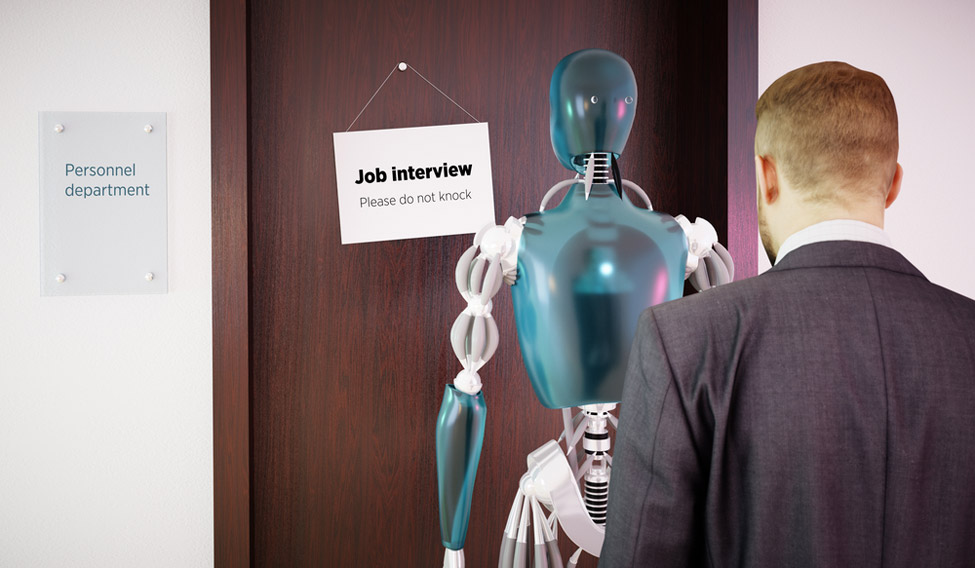A World Bank study that came out in October 2016 said automation threatened 69 per cent of jobs in India and 77 per cent in China. World Bank president Jim Kim mentioned it during a discussion at the Brookings Institution. The report came at a time when automation claimed its first casualty in India as textile giant Raymond announced its decision to cut its workers. Last October Raymond decided to replace 10,000 of its workers, nearly two-thirds of its total workforce with robots. The news sent shockwaves across the industry, as it was the first sign of automation taking over their livelihood. For the labour force the World Bank report came as another shock. But a new report by McKinsey Global Institute said automation would not arrive overnight. The report said automation’s full potential required people and technology to work hand in hand.
Experts predict the inevitability of automation, but they differ on when is it going to replace a major portion of the work and which portion of the workforce is affected the most. The results of the reports are varied with the countries it studied. The International Labour Organisation, in its report, ASEAN in transformation: how technology is changing jobs and enterprises, said 137 million workers or 56 per cent of the salaried workforce from Cambodia, Indonesia, the Philippines, Thailand and Vietnam would lose their jobs in the next 20 years. A study published by Oxford University and the Oxford Martin School in 2013 found that 47 per cent of the jobs in the United States would be automated in the next 20 years. Another study by Brookfield Institute for Innovation + Entrepreneurship said that in Canada 40 per cent of jobs would be replaced by machines in 10 to 20 years. The new report released by McKinsey Global Institute, A future that works: Automation, employment, and productivity, found that half of today’s work activities could be automated by 2055, but this could happen up to 20 years earlier or later depending on various factors, in addition to other economic conditions.
The McKinsey study analysed the potential impact of automation in individual activities rather than entire occupations. Almost every occupation has partial automation potential, but less than 5 per cent of occupations are facing full automation. The occupations facing full automation are physical ones in highly structured and predictable environments as well as data collection and processing. They are most prevalent in manufacturing, accommodation and food service and retail trade. In the United States these activities make up 51 per cent of the activities in the economy. As automation advances in capability, jobs involving higher skills will probably be automated at increasingly high rates. The study found that occupations which involved managing and developing people or that apply decision making, planning or creative work were facing the least threat. Under the current scenario, the technical feasibility of automation is lowest in education sector.
The study found that people displaced by the automation would find other jobs. It said automation could raise productivity growth globally by 0.8 to 1.4 per cent annually. The productivity gains will only come about if people work alongside machines. That, in turn, will fundamentally alter the workplace, requiring a new degree of cooperation between workers and technology.




